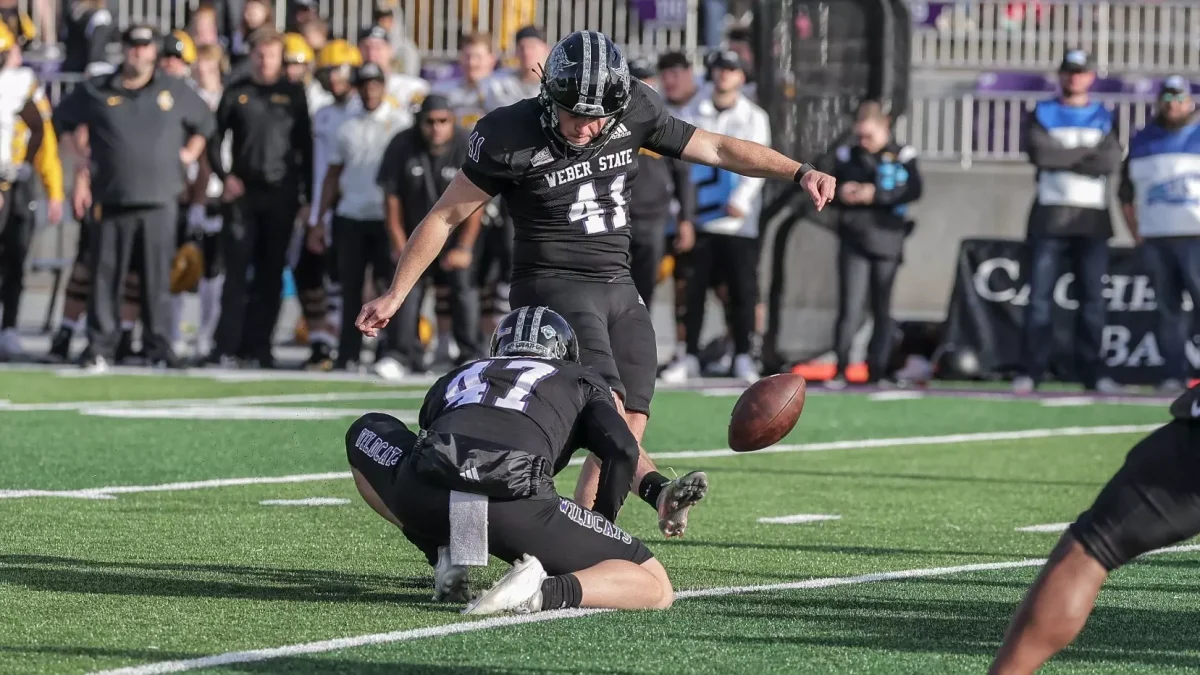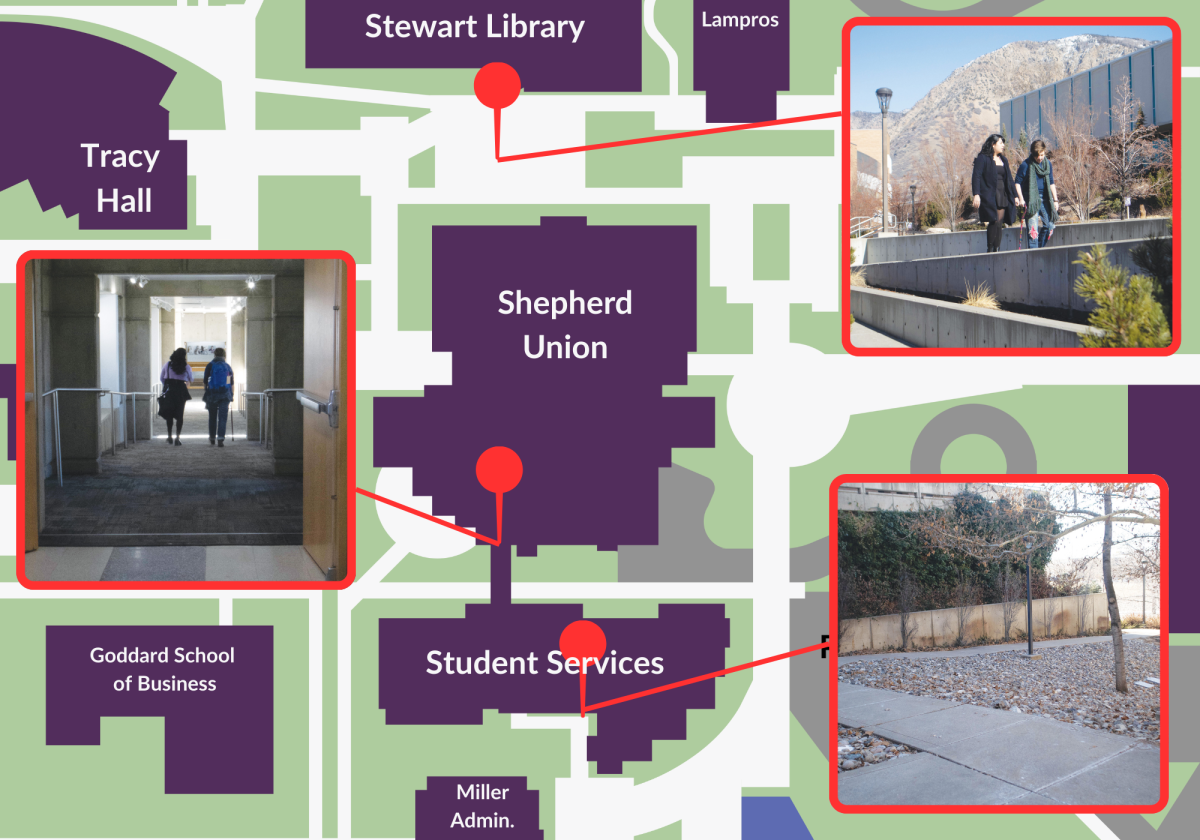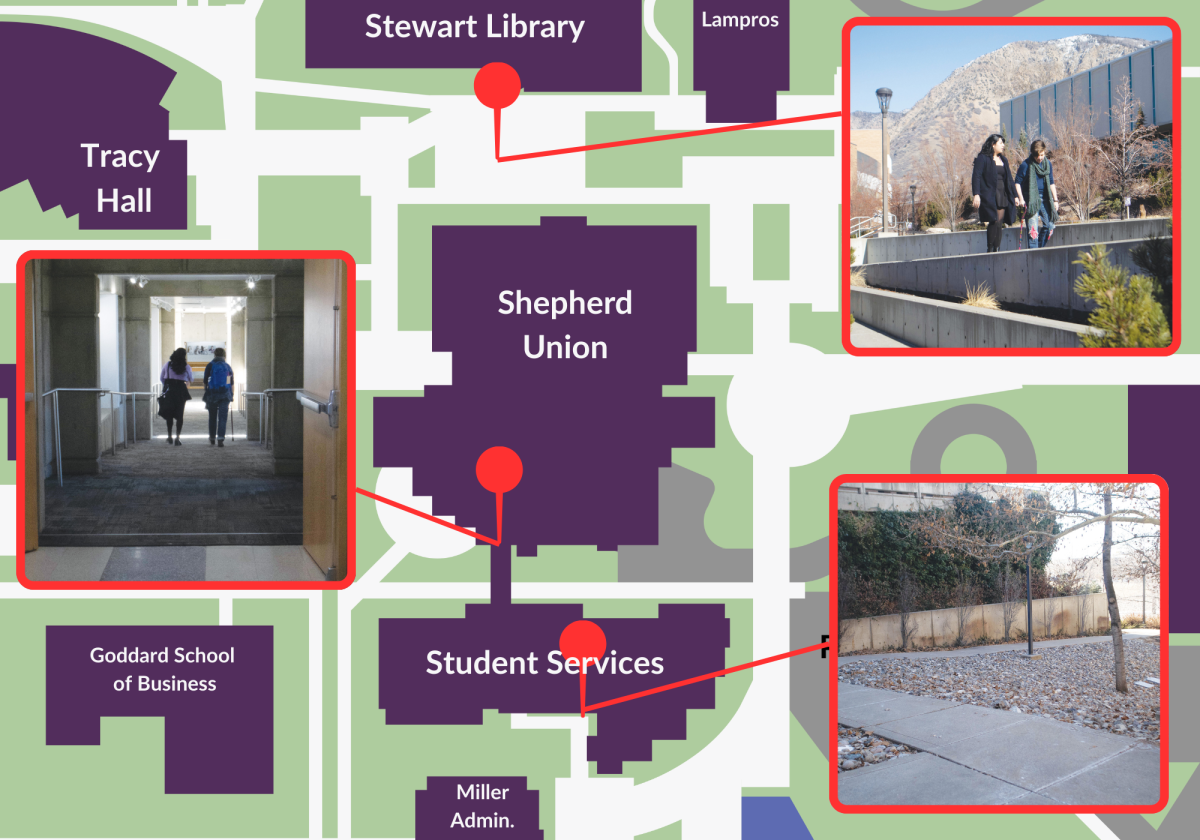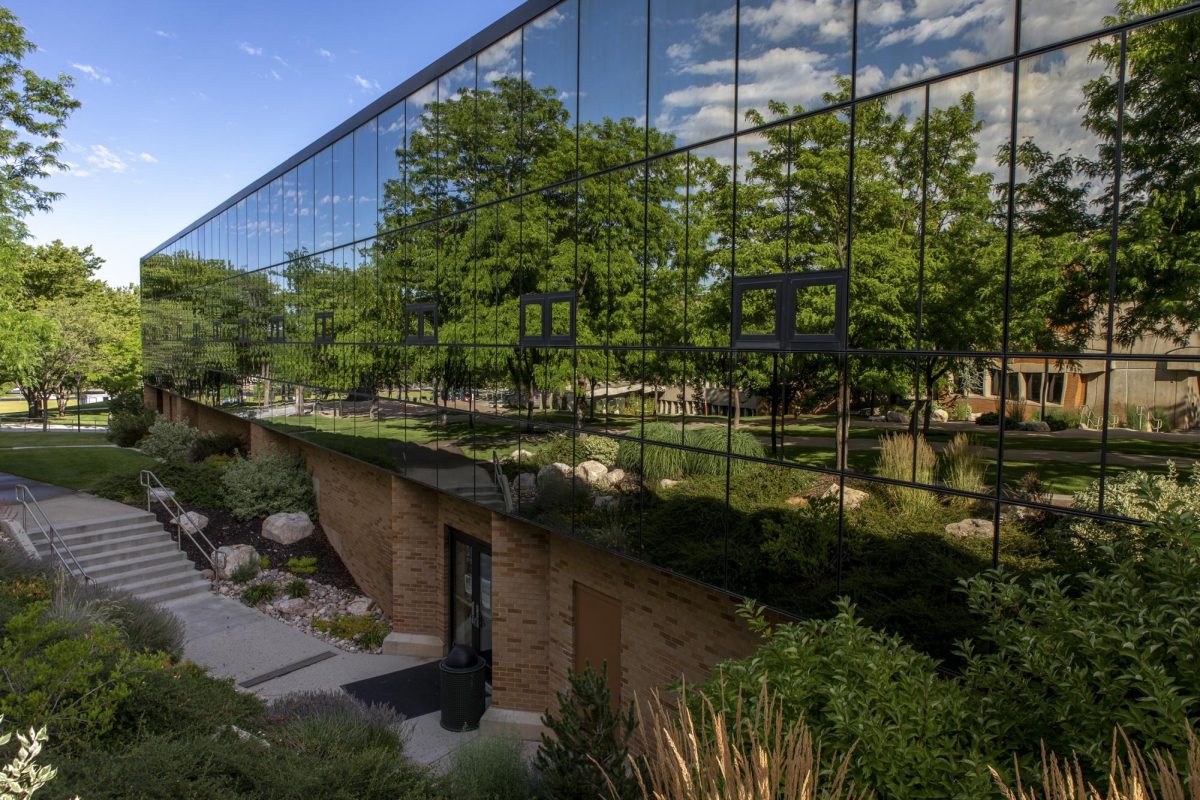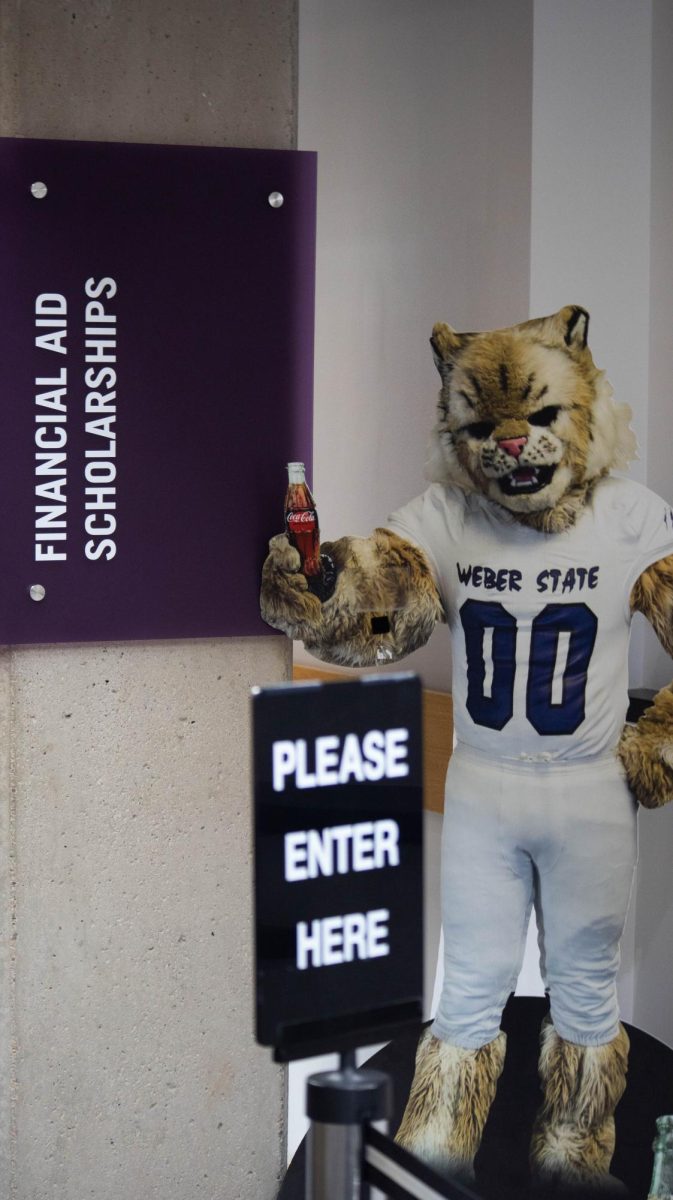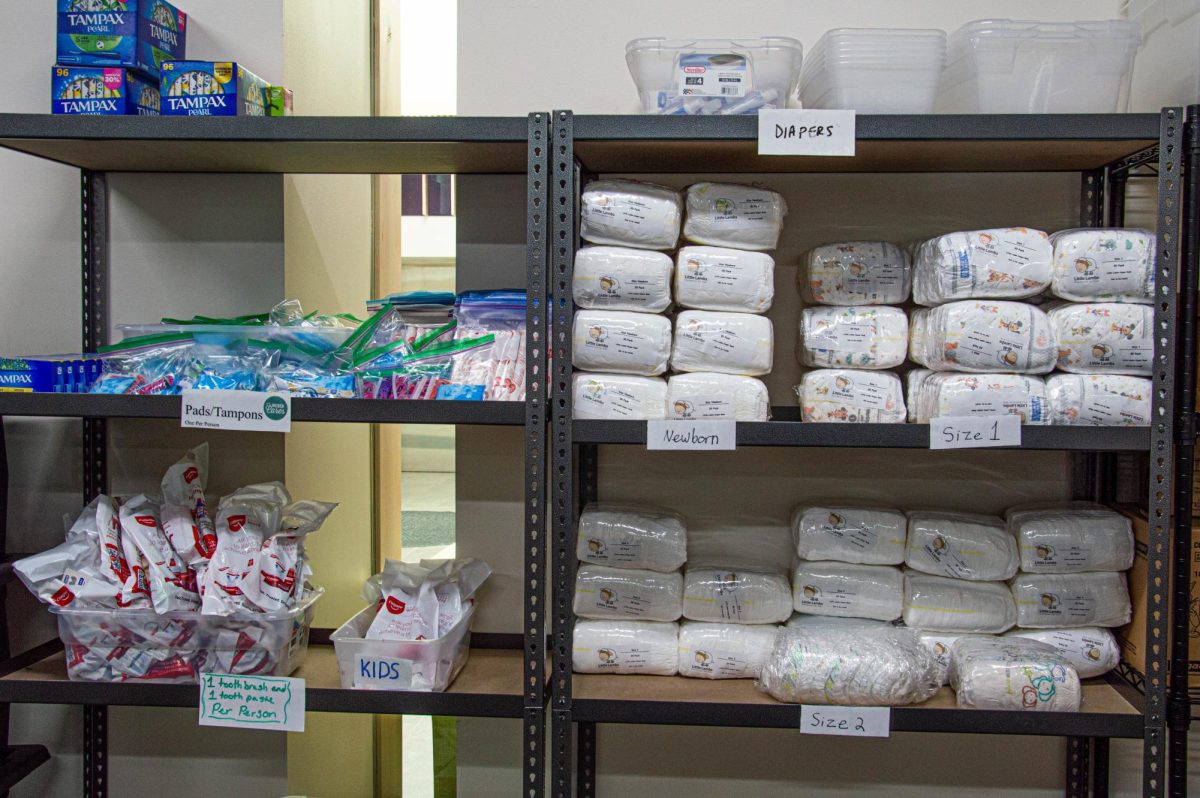Students often pass the McKay Education Building in their daily treks around Weber State’s Ogden campus, but what not everyone knows is that another school exists within those walls.

The McKay Education Building is home to the Melba S. Lehner Children’s School, which provides care and education to preschool-age children. This school has been a part of Weber State’s education program since the mid-1950s.
When most people learn of a children’s school at Weber State University, they think of it as nothing more than a day care center. Faculty and staff employed at the school assert that while the children have their playtimes, it is much more than that.

“We are a school. We are not babysitters,” Program Director Camie Bearden said. “Children are learning while they’re here. Yes, we’re watching them while they’re here. They’re getting a curriculum while they’re here at school.”
The curriculum offered is far more complex and deeper than ABC’s and 123’s. While they’re not learning philosophy or sociology, they are getting the kinds of learning that will shape these children into more well-rounded humans beings.
Elisabeth Crowder, a teacher at the children’s school, has a more hands-on approach with her curriculum that she teaches her three-year-old students.

“It’s about exposing them to the world around them,” she says. “It’s giving them those hands-on experiences in [that] world.”
Children are not the only ones learning within the walls of the children’s school. The Melba S. Lehner Children’s School is what is known in education circles as a “lab school,” where prospective student teachers can learn how to be teachers themselves. A lot of the student teachers that come in and out of the school go on to become teachers and have various positions in the education field.

The pandemic has caused a lot of struggles, but it has also enabled staff to have a better relationship with the parents and families of the children, as both are working with each other to keep the said children safe.
“We were always washing our hands and cleaning everything before,” Bearden said. “But now it’s even heightened in the face of the pandemic.”
Stephanie Szanter, another teacher at the children’s school, has noticed that the pandemic has affected her own teaching style.

“Before, I would smile with my face as I interact with the children,” she says. “But as I am wearing a mask now more often, I smile with my eyes and I get a stronger reaction from the children.”
Regardless of these challenges that the pandemic has created, the objective is the same — to foster a greater learning for the children — and that will continue whether the pandemic improves or worsens.




